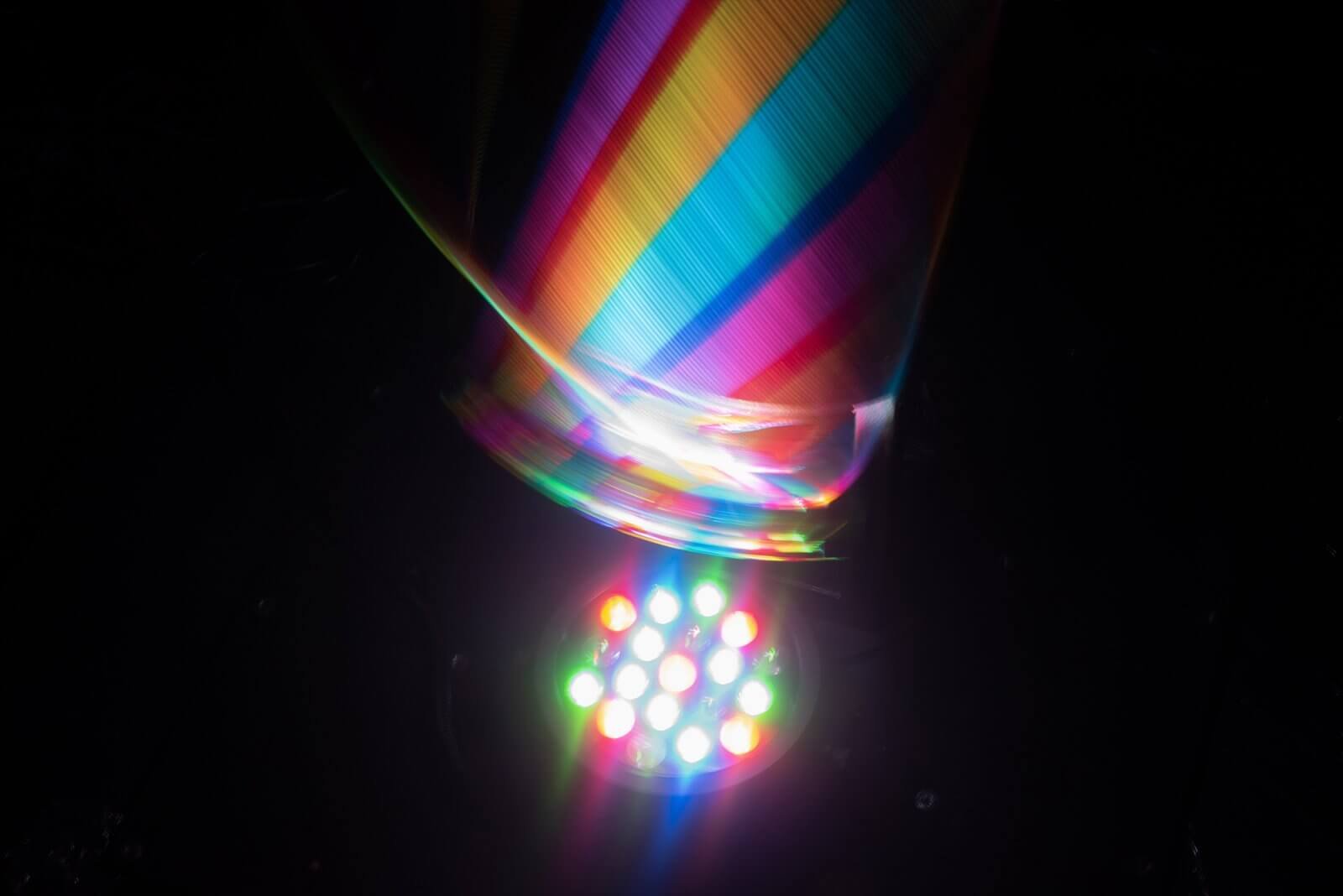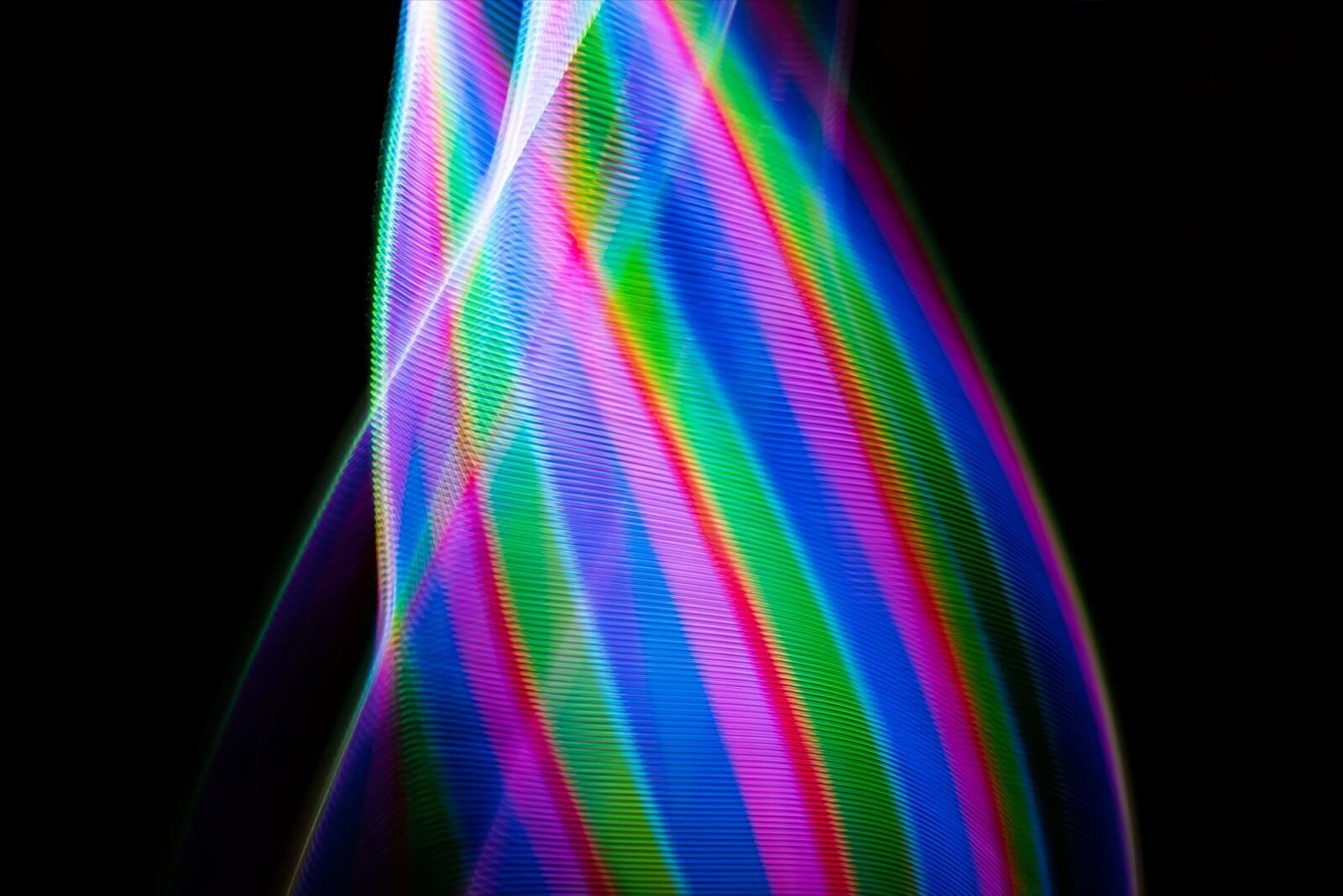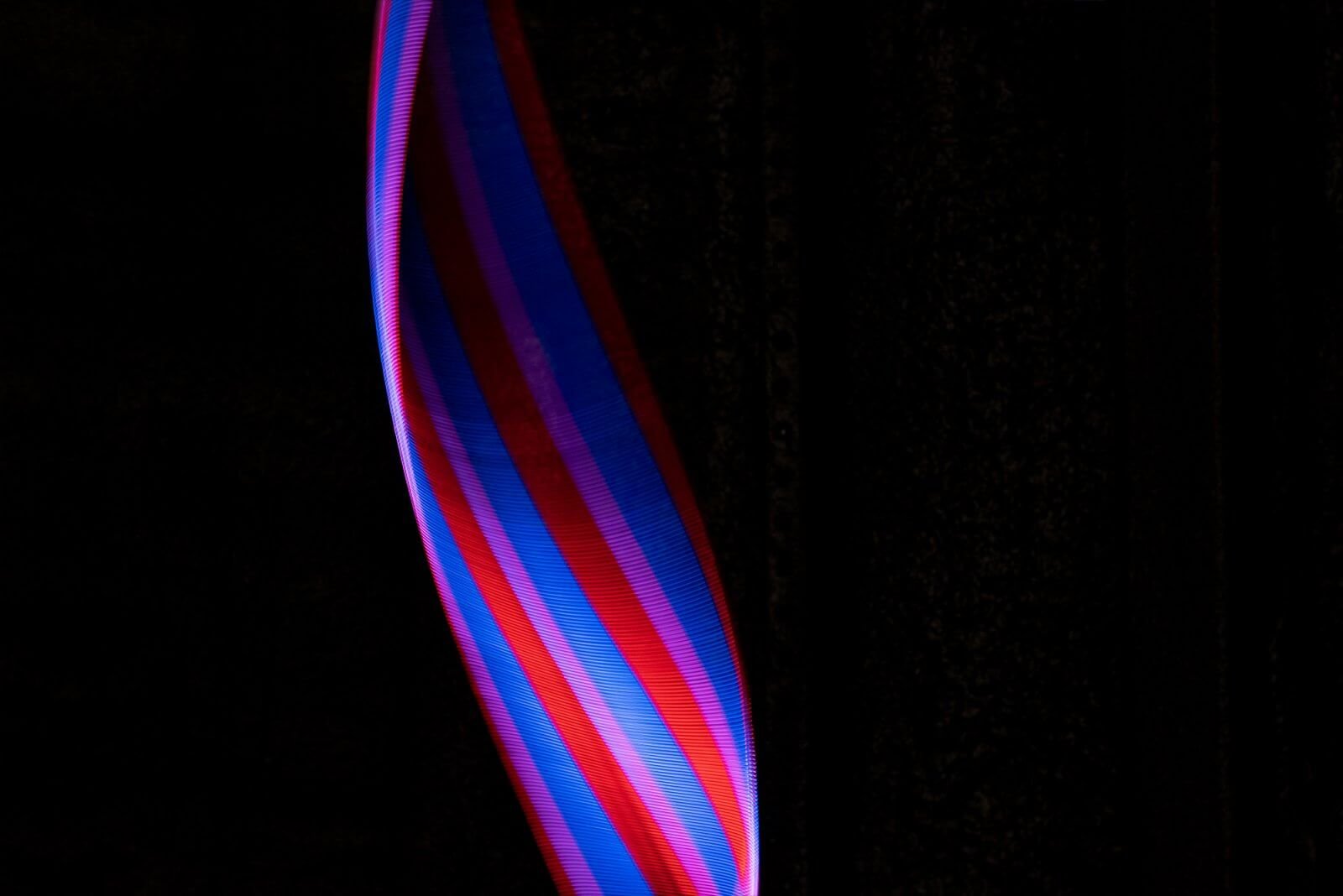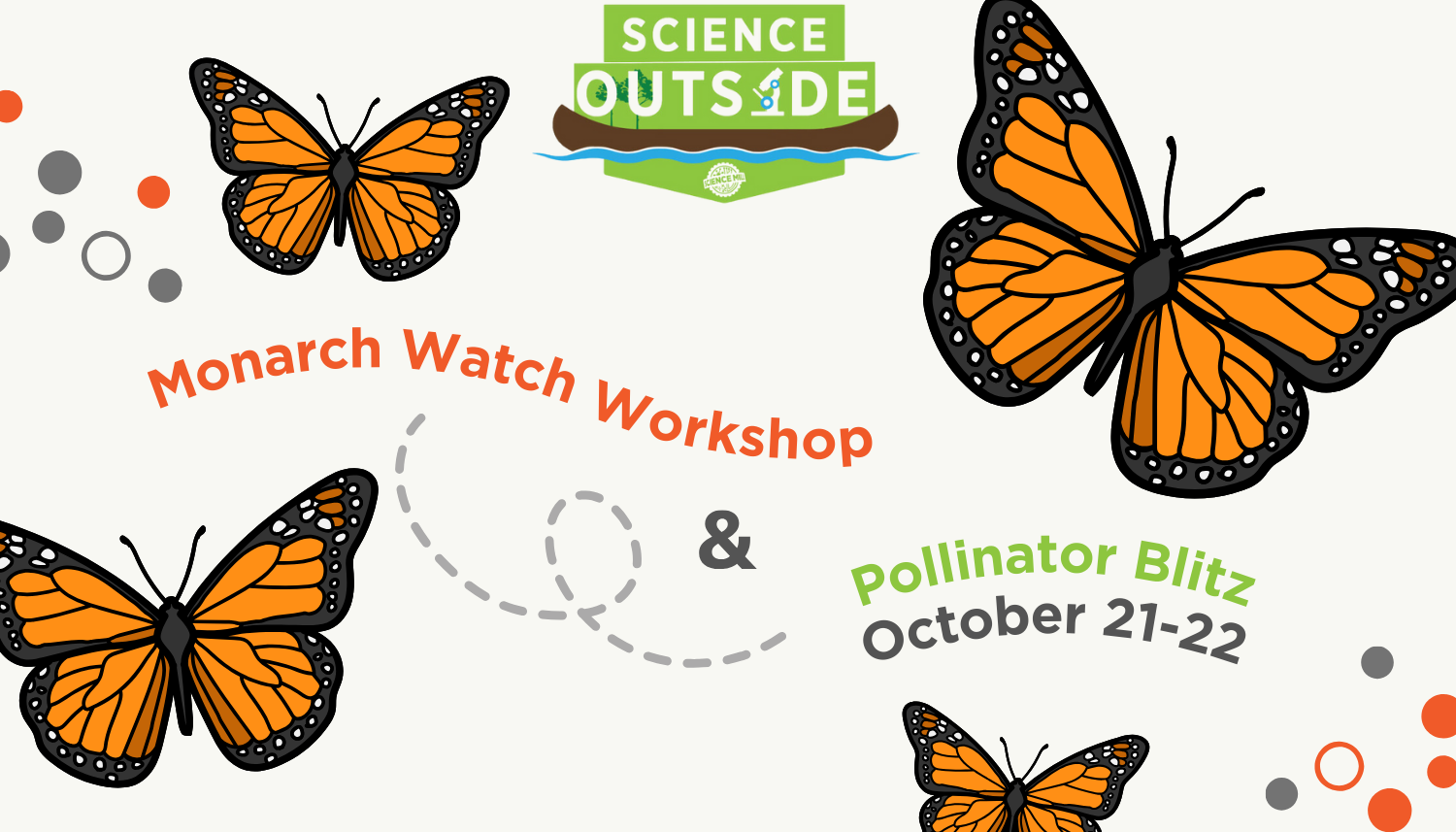The Aquaponics Greenhouse just got more exciting!
A brand new Augmented Reality (AR) experience in the Aquaponics Greenhouse immerses visitors in the aquaponics cycle. At every AR station, there are four icons representing each part of the cycle. Visitors will maneuver the tablet to scan the icons, which will then show you what happens at that step in the process! Engaging animations, with the help of our robot friend Sage, illustrate how fish, microbes, and plants work together to sustain each other and promote the growth of healthy plants.
TIP: At the top left corner of the game screen is a flashing Science Mill logo that visitors can click for a Career Connection!
This AR experience is just one of the many attractions inside the Aquaponics Greenhouse. There is also the Greenhouse Bingo, the Living Wall, a Koi pond, various aquariums, and all sorts of interesting flora! Visit the Science Mill today and experience it for yourself.
ABOUT THE AQUAPONICS GREENHOUSE
Our 1,000-square-foot Aquaponics Greenhouse opened in 2019. In this unique experience, found only at the Science Mill, visitors get an up-close look at Tilapia and Koi that provide the food to grow fruit, vegetables and tropical plants in vertical growing tubes, floating rafts and a giant living wall. All of these elements combine to showcase the technology, beauty, practicality and science for sustainable agriculture and healthy eating.
WHAT IS AQUAPONICS?
Aquaponics is the intersection of aquaculture (raising fish) and hydroponics (growing plants in water without soil). Fish eat fish food, their waste provides an organic food source for the plants, and plants filter the water allowing the fish to continue growing in a healthy, clean environment.
This AR experience is made possible through a gift in honor of the late Catherine “Cate” Moore










